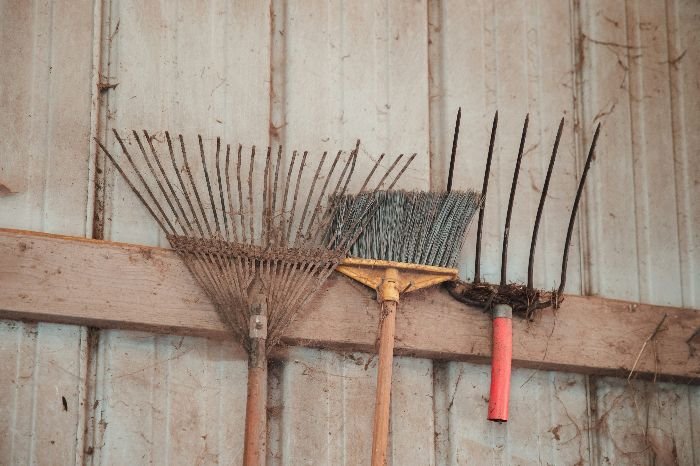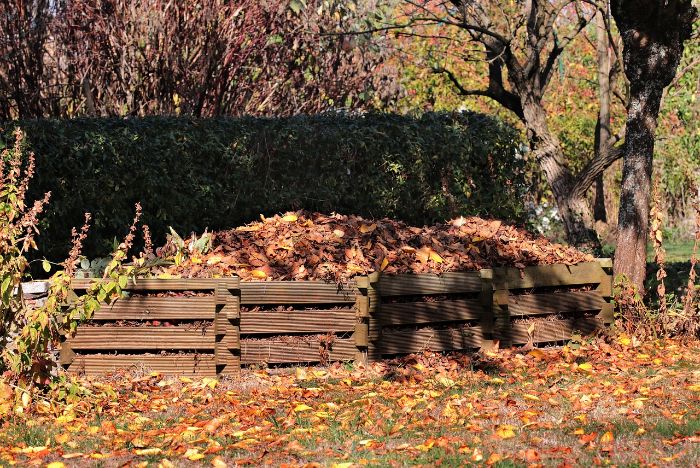Did you know that there are multiple types of garden rakes, each designed for specific purposes? Whether you’re a seasoned gardener or just starting out, having the right garden rake can make a significant difference in maintaining your outdoor spaces effectively.
In this article, we will explore the various types of garden rakes and their unique functions. From raking leaves to leveling soil and maintaining your lawn, there’s a rake for every task.
Read on to discover the different types of garden rakes and how they can help you achieve a well-manicured and beautiful garden.
Key Takeaways:
- There are multiple types of garden rakes, each designed for specific purposes.
- Garden rakes are essential tools for maintaining outdoor spaces effectively.
- Choosing the right garden rake for your specific needs can significantly enhance your gardening experience.
- Understanding the unique functions of different garden rakes will help you achieve a well-manicured and beautiful garden.
- Proper care and maintenance of your garden rake are essential for prolonging its lifespan and ensuring optimal performance.
Table of Contents
The Essential Tool for Every Gardener
Garden rakes are considered an essential tool for every gardener. They are versatile and can be used for a wide range of gardening tasks. From clearing leaves and debris to leveling soil and spreading mulch, a garden rake is a must-have tool for maintaining a healthy and beautiful garden. Without a garden rake, it can be challenging to achieve a well-manicured and organized outdoor space. Whether you’re a professional gardener or a gardening enthusiast, a garden rake is an indispensable tool that will make your gardening tasks much easier.
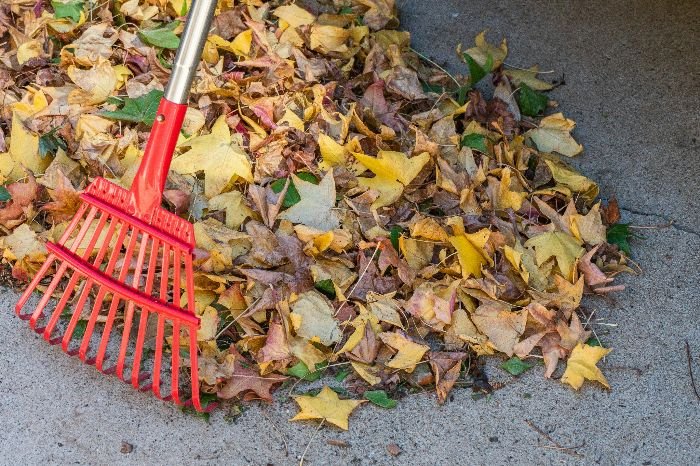
The Wide World of Garden Rakes – Types and Uses
In this section, we will explore the different types of garden rakes and their uses. From leaf rakes for fall cleanup to lawn rakes for maintaining a pristine green carpet, and garden rakes for soil care, each type has its unique purpose.
Leaf Rakes – The Fall Cleanup Champion
One of the most common types of garden rakes is the leaf rake. With their wide, fan-shaped heads and long, flexible tines made of plastic or metal, leaf rakes are perfect for collecting and removing fallen leaves from your lawn or garden. They streamline the fall cleanup process by efficiently gathering large piles of leaves. Lightweight and easy to maneuver, leaf rakes are suitable for both small and large outdoor spaces.
Lawn Rakes – For a Pristine Green Carpet
Lawn rakes are designed to maintain the health and appearance of your lawn. Their long, slender tines are ideal for removing thatch, dead grass, and other debris from the surface. By using a lawn rake, you can achieve a well-groomed and pristine green carpet-like appearance. Additionally, lawn rakes are useful for spreading fertilizer and leveling the soil in your lawn, promoting healthy grass growth.
Garden Rakes – The Soil Caretaker
Garden rakes, also known as bow rakes, are multi-purpose tools essential for soil preparation and care. With their sturdy metal heads and short, rigid tines, they are designed to break up compacted soil and level it effectively. Garden rakes are perfect for preparing the soil for planting, removing rocks and debris, and creating smooth and even garden beds. They are versatile tools that can be used for a wide range of gardening tasks, making them an indispensable tool for any gardener.
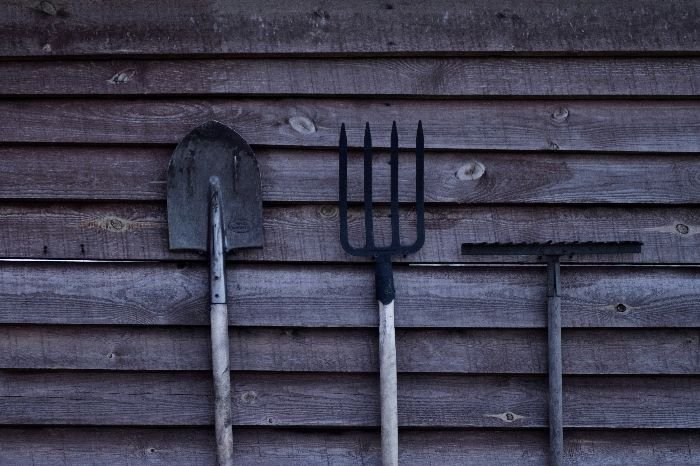
Specialty Rakes – Beyond the Basics
Thatching Rakes – Reviving Your Lawn
Thatching rakes, also known as scarifying rakes or dethatching rakes, are specialized tools designed for removing thatch from your lawn. Thatch is a layer of dead grass clippings, roots, and debris that can accumulate on the surface of your lawn and prevent water and nutrients from reaching the roots of your grass. Thatching rakes have sharp blades or tines that dig into the thatch layer and remove it, ultimately promoting healthy grass growth and preventing lawn diseases. Thatching rakes are especially useful for lawns with thick thatch buildup and are a valuable tool for maintaining a vibrant and lush lawn.
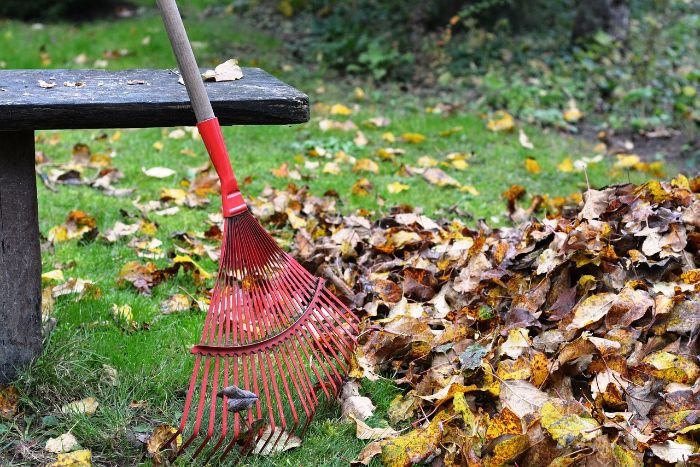
Shrub Rakes – The Tight Space Solution
Shrub rakes are specialized rakes with narrow heads and shorter tines. They are designed to navigate through tight spaces, such as between shrubs and under low-lying branches. Shrub rakes are perfect for cleaning up leaves and debris in hard-to-reach areas, where larger rakes may be too cumbersome to use effectively. They are also handy for maintaining flower beds and other areas with limited access. Shrub rakes are essential tools for achieving a clean and well-maintained garden, even in the tightest spaces.
Choosing the Right Rake for Your Garden Needs
When selecting a garden rake, it’s important to consider several factors to ensure you choose the right tool for your specific gardening needs. Taking into account the type of tasks you’ll be performing, the size of your outdoor space, and the specific features of each rake will help you make an informed decision.
One crucial factor is the material of the rake’s head and handle. Different materials, such as metal, plastic, or wood, offer varying levels of durability, flexibility, and weight. Consider which material will best suit the demands of your gardening tasks and provide you with the necessary strength and comfort.
The length of the rake’s handle is another important consideration. Longer handles provide better reach and allow you to cover a larger area with each stroke. However, shorter handles offer greater maneuverability in tight spaces. Assess the layout of your garden and determine the handle length that will best accommodate your needs.
The design of the rake’s tines is also a significant factor to consider. Rakes with widely spaced tines are ideal for collecting large piles of leaves or debris, while rakes with closely spaced tines are better suited for leveling soil or removing thatch. Evaluate the specific tasks you’ll be performing and choose a rake with tines that will facilitate those tasks efficiently.
By carefully evaluating these factors and understanding your specific gardening requirements, you can select a garden rake that will maximize your efficiency and effectiveness in the garden, ensuring that you have the right tool for the job.
Care and Maintenance – Keeping Your Rakes Ready
Proper care and maintenance are crucial for ensuring that your garden rakes remain in good condition and last for years to come. By following a few simple tips, you can keep your rakes in optimal shape and ready for any gardening task.
After each use, make sure to remove any debris or dirt that may have accumulated on the tines and handle of your rake. A quick rinse with water or a gentle brushing can help prevent the buildup of dirt and prolong the lifespan of your tool.
Regular cleaning and inspection are also important. Take the time to thoroughly clean your rake and inspect it for any signs of damage, such as bent tines or loose connections. Addressing these issues promptly will prevent further damage and ensure the rake’s effectiveness.
Proper storage is another key aspect of rake maintenance. Hanging your rake or keeping it in a designated rack will prevent it from getting damaged or causing accidents. Storing it in a dry area will also minimize the risk of rust and corrosion, further extending its lifespan.
By implementing these care and maintenance tips, you can keep your garden rakes in excellent condition and maximize their performance and durability. With a well-maintained rake, you’ll be able to tackle any gardening task with ease and efficiency.
FAQs
What are the different types of garden rakes?
The different types of garden rakes include leaf rakes, lawn rakes, garden rakes (also known as bow rakes), thatching rakes, and shrub rakes.
What is the purpose of a leaf rake?
Leaf rakes are specifically designed for collecting and removing fallen leaves from your lawn or garden.
What is the purpose of a lawn rake?
Lawn rakes are designed to remove thatch, dead grass, and other debris from the surface of your lawn, promoting healthy grass growth.
What is the purpose of a garden rake?
Garden rakes are multi-purpose tools used for soil preparation, removing rocks and debris, and creating smooth garden beds.
What is the purpose of a thatching rake?
Thatching rakes are designed to remove thatch from your lawn, promoting healthy grass growth and preventing lawn diseases.
What is the purpose of a shrub rake?
Shrub rakes are used for cleaning up leaves and debris in tight spaces, such as between shrubs and under low-lying branches.
How do I care for and maintain my garden rake?
After each use, remove any debris or dirt from the tines and handle, clean and inspect the rake regularly for damage, and store it properly to keep it in optimal condition.






